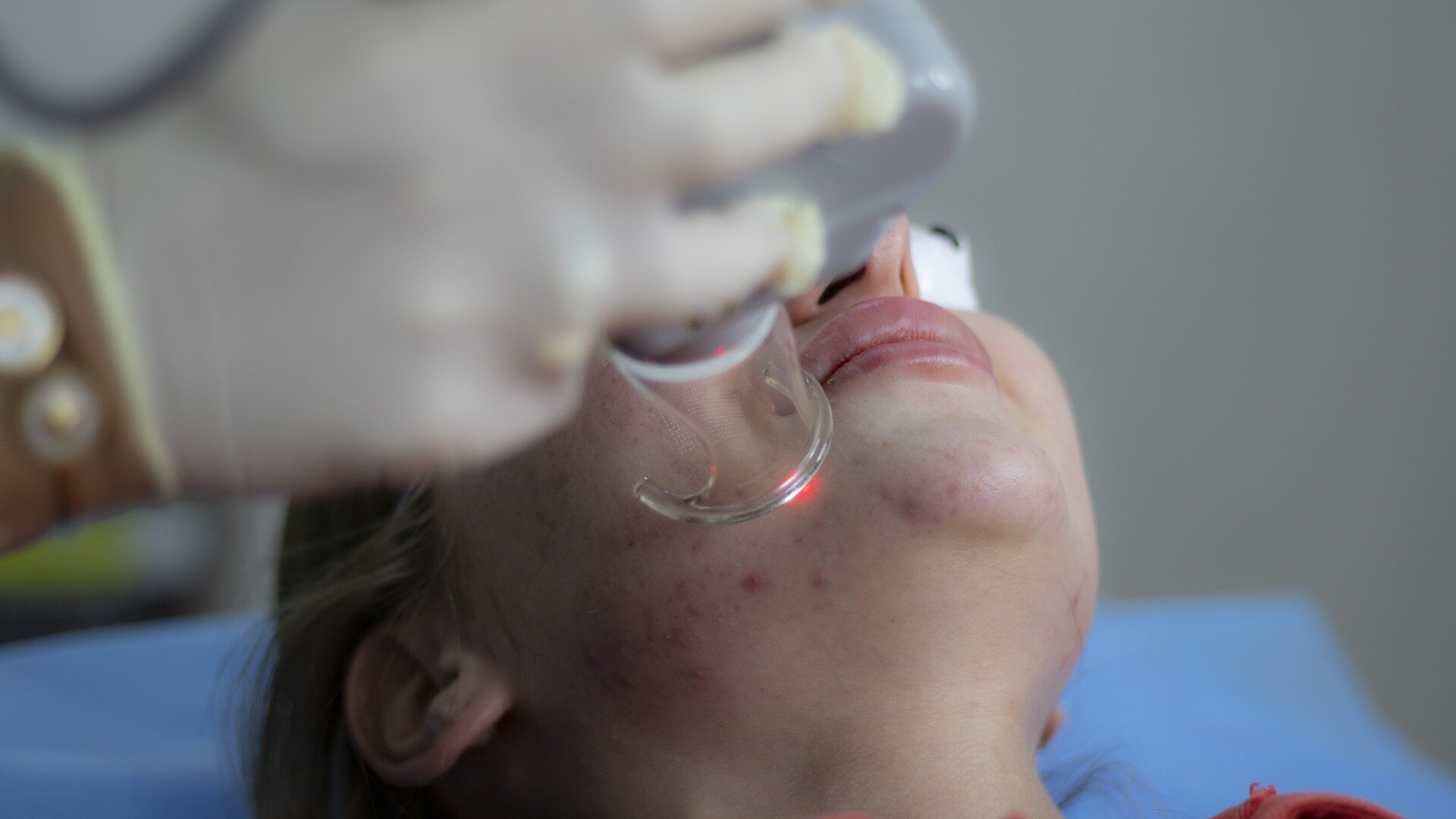Let’s start off by defining what leukemia is. It is a cancer that affects the areas of our body in charge of producing blood cells, namely bone marrow and the lymphatic system. Often, it will involve white blood cells, which are our infection fighting cells. When leukemia is present, the amount of white blood cells may increase, but the quality of those cells are diminished, making the person prone to severe infections. Some types of leukemia can cause reduced platelets or reduced functionality of platelets, which can cause a person to be prone to bleeding disorders, which we will talk about here.
I’ll touch on the different types of leukemia after we look at some signs and symptoms of low platelets, low white blood cell counts, and low red blood cell counts.
Low Platelet Signs and Symptoms
As platelets play an integral role in our blood’s ability to clot itself, we can see a few concerning signs when we are suffering from low platelet counts. Low platelets is also referred to as thrombocytopenia.
-
Bleeding. When we cut or bump ourselves, the wounds would normally stop bleeding on its own with little-to-no intervention. When we are experiencing low platelets, wounds may bleed more excessively than we are used to.
-
Blood on our toothbrush. Bleeding gums can be a sign of low platelets, especially if it is not something that is a normal occurrence for you.
-
Bruises. Unexplained bruising or unusual bruising patterns, such as petechiae (pah-tick-ee-eh[a]) can be seen when you have low platelet counts. Petechiae looks like pin-prick bruises or red spots in a patch on the skin.
-
Nosebleeds. Also called epistaxis can occur with diminished platelet counts as the mucus membrane in the nose can be prone to spontaneous bleeds due to friction, dry air, or nose picking. A nose bleed here and there might be par for the course for some people—particularly those with Von Willebrand Disease (a genetic blood clotting disorder)—having more frequent or severe nosebleeds are a sign that something might not be right.
-
Heavy menstrual bleeding. As we are all different, you may already experience heavy menstrual bleeding, but if your periods change and you find yourself having heavier-than-normal menstrual bleeding, this is something you can check with your doctor about.
Signs of Low White Blood Counts
Although there might not be any immediately identifiable symptoms, the main symptoms that come with low white blood cell counts (leukopenia) are consistent with infection. Infections can occur more quickly and become more severe in people who are suffering from low white blood cell counts.
Signs of Low Red Blood Cell Counts
As our red blood cells are in charge of helping to deliver oxygen and remove carbon dioxide from our body, a shortage of such cells can cause a few signs. Some you might already be familiar with as you have likely met someone with or have been someone with anemia at one point in time.
-
Fatigue. As we cannot get as much oxygen as our body demands, the body slows down in response to reserve its energy to reduce oxygen demand. Fatigue or tiredness is one of the first things we tend to notice when we are suffering from anemia.
-
Weakness. This goes hand in hand with fatigue, but this is more related to strength than it is stamina. We may find it more difficult to carry larger items, or even walk up stairs without feeling weak.
-
Cold. As our body processes slow down, so does our energy level. Literally, the energy produced by our bodies is reduced and this means that there is less heat being produced. As a result of these reduced cellular functions that help produce energy, we produce less heat and our bodies begin to feel more cold than usual.
-
Dizziness or lightheadedness. Headaches and dizziness are both related to the response of the blood vessels related to the lower oxygen levels — it is theorized.
-
Headaches. See above!
-
Pale skin.
-
Shortness of Breath. As our bodies try to obtain more oxygen, our respiration rate will increase to compensate.
Types of Leukemia
There are four main types of leukemia and are all classified based on the type of blood stem cell it targets and how quickly the leukemia develops. Acute leukemia is one that onsets within dats or weeks, while chronic develops slowly over months or years.
-
Acute Lymphoblastic Leukemia (ALL)
-
Acute Myelogenous Leukemia (AML)
-
Chronic Lymphocytic Leukemia (CLL)
-
Chronic Myelogenous Leukemia (CML)

